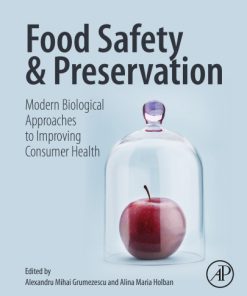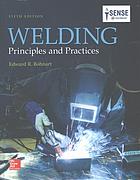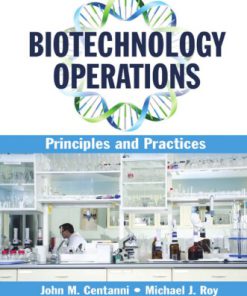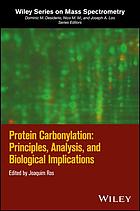Biological safety principles and practices Byers 1683673131 9781683673132
$50.00 Original price was: $50.00.$25.00Current price is: $25.00.
This completed downloadable of Biological safety principles and practices Byers
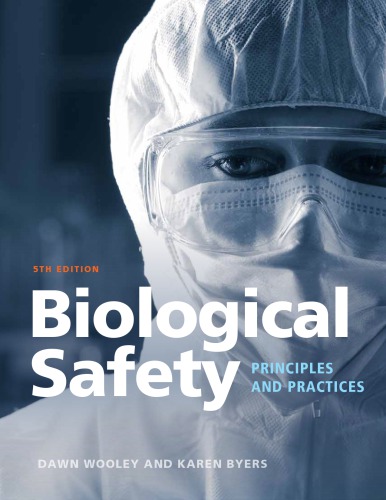
Instant downloaded Biological safety principles and practices Byers pdf docx epub after payment.
Product details:
- ISBN 10: 1683673131
- ISBN 13: 9781683673132
- Author: Byers
Biological safety and biosecurity protocols are essential to the reputation and responsibility of every scientific institution, whether research, academic, or production. Every risk—no matter how small—must be considered, assessed, and properly mitigated. If the science isn’t safe, it isn’t good. Now in its fifth edition, Biological safety: Principles and Practices remains the most comprehensive biosafety reference. Led by editors Karen Byers and Dawn Wooley, a team of expert contributors have outlined the technical nuts and bolts of biosafety and biosecurity within these pages. This book presents the guiding principles of laboratory safety, including: the identification, assessment, and control of the broad variety of risks encountered in the lab; the production facility.
Table of contents:
Section I. Hazard Identification
1. The Microbiota of Humans and Microbial Virulence Factors
2. Indigenous Zoonotic Agents of Research Animals
3. Biological Safety Considerations for Plant Pathogens and Plant-Associated Microorganisms of Significance to Human Health
4. Laboratory-Associated Infections
Section II. Hazard Assessment
5. Risk Assessment of Biological Hazards
6. Protozoa and Helminths
7. Mycotic Agents
8. Bacterial Pathogens
9. Viral Agents of Human Disease: Biosafety Concerns
10. Emerging Considerations in Virus-Based Gene Transfer Systems
11. Biological Toxins: Safety and Science
12. Molecular Agents
13. Biosafety for Microorganisms Transmitted by the Airborne Route
14. Cell Lines: Applications and Biosafety
15. Allergens of Animal and Biological Systems
Section III. Hazard Control
16. Design of Biomedical Laboratory and Specialized Biocontainment Facilities
17. Primary Barriers and Equipment-Associated Hazards
18. Primary Barriers: Biological Safety Cabinets, Fume Hoods, and Glove Boxes
19. Arthropod Vector Biocontainment
20. Aerosols in the Microbiology Laboratory
21. Personal Respiratory Protection
22. Standard Precautions for Handling Human Fluids, Tissues, and Cells
23. Decontamination in the Microbiology Laboratory
24. Packing and Shipping Biological Materials
Section IV. Administrative Control
25. Developing a Biorisk Management Program To Support Biorisk Management Culture
26. Occupational Medicine in a Biomedical Research Setting
27. Measuring Biosafety Program Effectiveness
28. A “One-Safe” Approach: Continuous Safety Training Initiatives
29. Biosafety and Biosecurity: Regulatory Impact
Section V. Special Environments
30. Biological Safety and Security in Teaching Laboratories
31. Biosafety in the Pharmaceutical Industry
32. Biosafety Considerations for Large-Scale Processes
33. Veterinary Diagnostic Laboratories and Necropsy
34. Special Considerations for Animal Agriculture Pathogen Biosafety
35. Biosafety of Plant Research in Greenhouses and Other Specialized Containment Facilities
36. Biosafety Guidelines for Working with Small Mammals in a Field Environment
37. Components of a Biosafety Program for a Clinical Laboratory
38. Safety Considerations in the Biosafety Level 4 Maximum-Containment Laboratory
People also search:
biological safety regulations
biological safety program
biological safety definition
biological safety manual
biological safety levels
You may also like…
Biology and other natural sciences - Plants: Agriculture and Forestry
Technique - Food Manufacturing
Business & Economics - Accounting
Auditing: Principles and Practices 1st Edition Ashish Kumar Sana
Engineering
Science (General)








